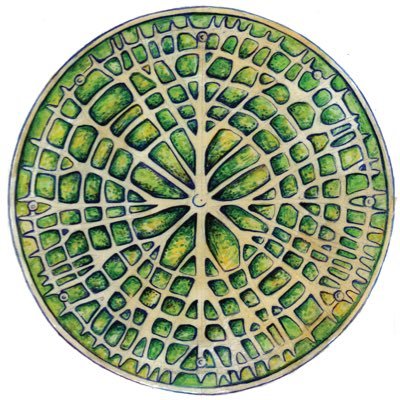Nomads arrive at an old mine and build a temporary pavilion house.
Remains of a building, industrial infrastructure both used for pavilions
Industrial debris, pipelines, tree trunks… all used to construct a pavilion
One of the most simple #house constructions one can make is a #pavilion. In a #future where crisis may hit, #nomads could be creative with materials and infrastructure they find on their path. #solarpunk #illustration
A design for a #subterranean eco-village. It would do well in prairie regions. Houses could be made with earth bags , rammed earth blocks and 3d adobe printers. Building and trying to minimize the impact on the natural landscape. #Solarpunk #art
Terrace #agricultural system based on the Subak system (#Bali). A key element of its success , the forests are sacred. Due to this sanctity the #indigenous people treat the #forest with the highest respect. A vision that is extremely valuable imo. #future #art
Impressions of an open source origami workshop. Cutting the designs out of quality fabric. Designing them with OS graphical software and delivery by bike or electric vehicles
Low tech totora reed used to make floating objects, such as platforms . Peruvian #indigenous cultures used it. In combination with the #robotic autonomous platforms (as seen in Amsterdam). Combined they can form natural autonomous floating platforms.
#art #artist #solarpunk
An eco-village / subterranean villages with adobe / inspired by African vernacular architecture and Mexican pueblo architecture
#solarpunk #INDIGENOUS #vernacular #architecture #artist #sketch #drawing #watercolor #futurism
Large scale #rewilding / deconstruction of road infrastructure/ an urban web of cities connected through rail ways / trains can go subterranean / giving back space to #nature
#solarpunk #Sustainability #train #art #artist #Illustrator


















